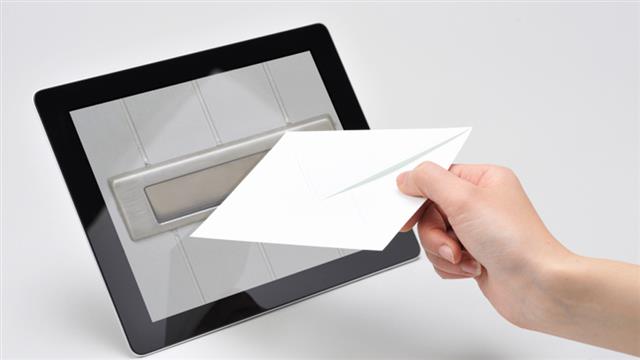6 November 2014
Dear K.,
In a previous letter I wrote about e-mails with scepticism. Well, I do not actually object so much to this new mode of communication as to the confusion with its predecessor in the hands of the careless and the unwitting. One must know when one is writing a letter or when one is writing an e-mail, and there are lessons to be drawn from the one on the other.
For a start, an extra piece of information or document is enclosed with a letter, but attached to an e-mail. Hack phrases such as 'I refer to...' and 'With reference to...' should be used with scruples in e-mails, as they are quickfire correspondences where the full text of the referred-to message often appears immediately below, and the full-text of the previous one further below, ad infinitum.
Another important difference is that a letter is addressed to and read by one. Maybe a few at times. An e-mail enjoys no such familiarity or anonymity. It can be addressed to many at the same time, and is usually forwarded to and read by many unintended readers in the nick of time. So write for those you have in mind, as well as those whom you have no way of knowing or anticipating! Consider that mission impossible.
You send a reply letter to one──to agree, to challenge, to cajole, whatever. But you can 'Reply to All' with an e-mail, to a spectrum of positions, dispositions and purposes all comfortably or uncomfortably squeezed into the balcony of your act. It is the one button that merits the greatest caution. You don't get to lick the envelope or the stamp. But should anything go wrong, you would be swallowing your spit.
Having said all this, the two media actually share more than that meets the eye. For one, cc (carbon copy) and bcc (blind carbon copy) are legacies from the epistolary to the electronic.
More than two centuries ago, Philip Dormer Stanhope (1694–1773), the fourth Earl of Chesterfield, gave some advice on letter-writing to his godson Philip Stanhope, later the fifth Earl of Chesterfield: 'Letters of business must be answered immediately...the subject is ready and only requires great clearness and perspicuity in treatment. There must be no prettynesses, no quaintnesses, no Antitheses, nor even wit.'
Quick response and crisp prose are the first two cardinal rules of e-mailing for Eric Schmidt, former CEO of Google. Schmidt advised acting quickly on e-mails, and not just to a few selected senders but to everyone. Even a short response like 'got it' is recommended. Once you are known for responding to e-mails quickly, your non- or delayed response, in individual cases, becomes a message in itself.
Schmidt is no fan of prettynesses, quaintnesses, Antitheses, or wit, either. He said, 'If you are describing a problem, define it clearly. Doing this requires more time, not less. You have to write a draft then go through it and eliminate any words that aren't necessary.' Delete and retype──that's what the former Google man essentially says. And letter writers of all ages are no strangers to drafting, destroying the drafts, and drafting again. By the way, Schmidt offers a total of nine golden rules for e-mailing which can, of course, be googled.
Closure is always an art in letters. I have a soft spot for the parting words in eighteenth-century English familiar letters with which the writers reiterate and reaffirm their loyalty and/or affection for the recipients. I wish I had the same skill and sentiment, or that someone at the receiving end. No such finery for e-mails.
Your obliged friend I remain,
H.


